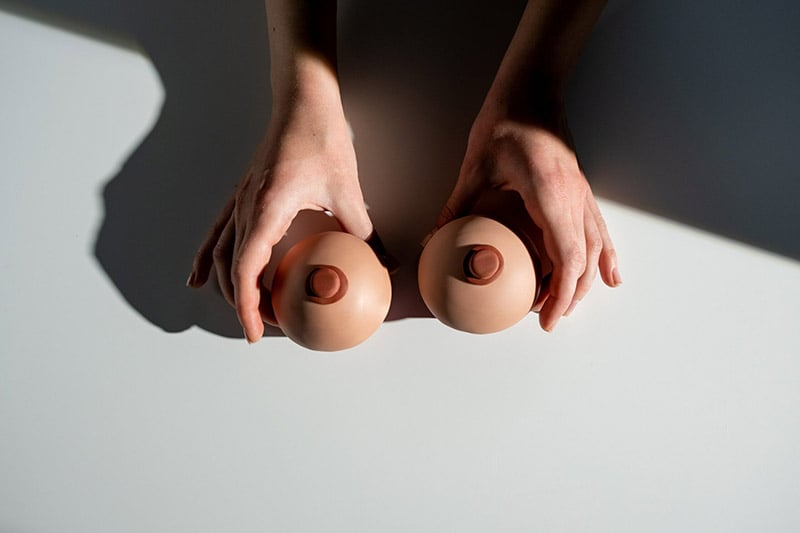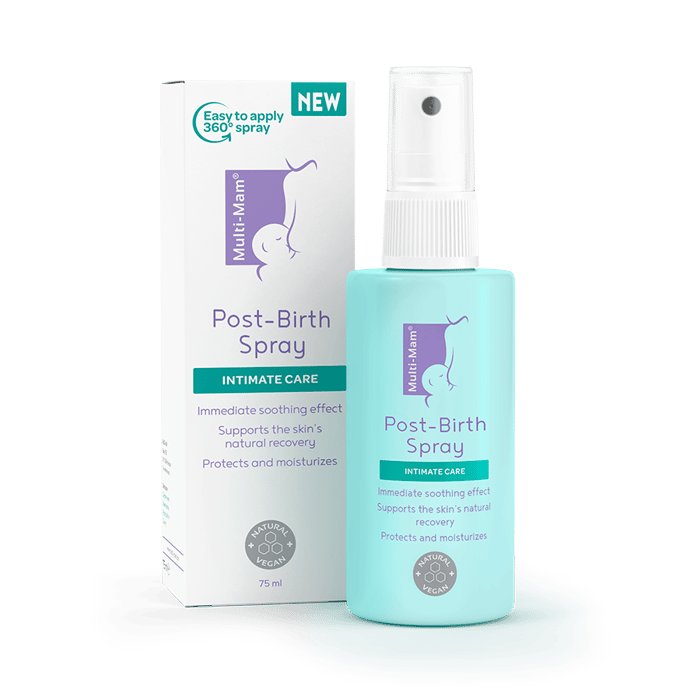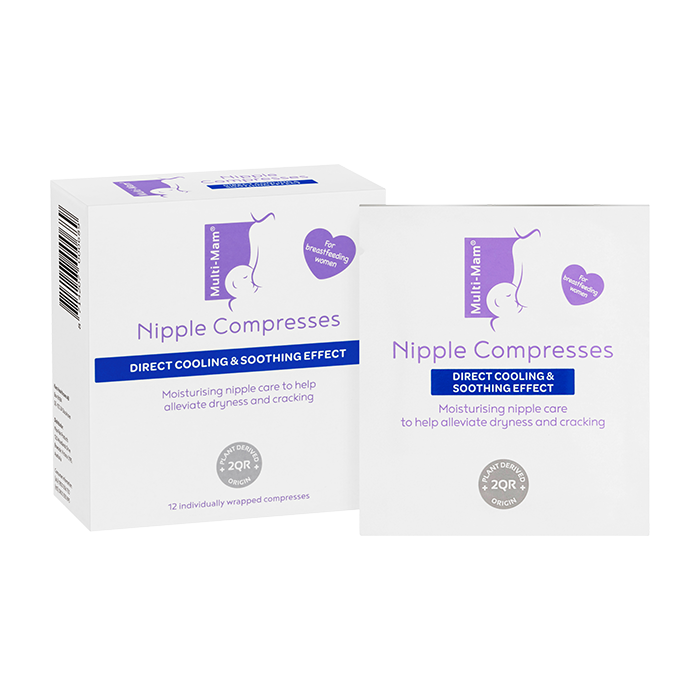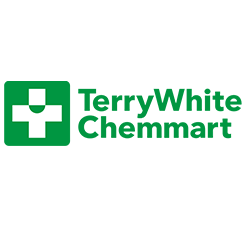Breast Engorgement
When breasts feel overly full or like they are swelling, this is known as breast engorgement. Breast engorgement may also result in the breasts feeling hard and tight and can even be painful. It is a common sensation associated with breastfeeding and pregnancy and one of the main reasons why you may be experiencing pain during this time
What is breast engorgement?
Breast engorgement occurs after birth. It happens because your body increases the blood flow to your breasts in the first few days after you deliver your baby. This increase in circulation works to help your breasts produce enough milk for your infant.
It can take between three to five days postpartum for milk production to occur, and you may not experience symptoms of engorgement until a week or two after the birth of your baby.
What are the causes of breast engorgement?
Breast engorgement may start and stop depending on several factors. Engorgement essentially occurs when you do not maintain a consistent schedule and in those first few days or weeks postpartum when your body ramps up milk production. After this initial phase, you may once again experience milk engorgement pain due to these causes:
- You miss a feeding or skip a pumping session
- Your body creates more milk than your baby will drink
- You have weaned your baby too quickly
- You are nursing an ill baby
- Your baby has difficulties with nursing
- You did not express your breast milk when it first came in
What are the symptoms of engorgement?
Breast engorgement will occur after you give birth, regardless of whether you intend to breastfeed. Engorgement pain is common after the first few days after you give birth, and it can come back if you are not consistent with your schedule. On top of engorgement pain, you will also typically experience these symptoms:
- Your breasts feel hard or tight
- Your breasts may be tender or swollen
- They may feel heavy or full
- Your breasts may be lumpy
- Veins in breasts may become more visible
- Milk fever
Swelling, tenderness, pain, or discomfort may be experienced in one breast or both.

How do you treat and prevent engorgement?
Breast engorgement is a natural part of breastfeeding, and regular feeding or pumps can ease the discomfort of engorgement. Aside from breastfeeding or using a breast pump, you can also express a little breast milk by hand. The goal of hand expressing your breast milk is not to drain all the breast milk you have but instead to ease the pressure and make it more comfortable.
Other tips that will help make your breastfeeding experience more comfortable include:
- Wearing a well-fitted breastfeeding bra
- Using a warm compress after hand expressing
- Using a cold compress to reduce pain and swelling in between expressions
- Taking paracetamol or ibuprofen to ease pain. If the pain persists, consult you health care provider.
If you consistently produce too much milk for your baby, then get in touch with your health visitor or midwife, who can suggest ways to improve the feeding experience and even decrease your supply.
What is the treatment for breast engorgement?
The best treatment for breast engorgement is to simply pay attention to when your baby needs to be fed and try to have a balanced expression by alternate what breast to use. Being consistent in feedings is the best breast engorgement treatment, but it is not always enough.
If you find that frequent feedings are not enough, or if you are experiencing breast engorgement not breastfeeding, then these additional treatments can help alleviate the pressure:
Use heat to increase circulation
Heat is a great tool to increase blood and milk circulation. Using a warm compress or hot shower can help encourage milk let down. You can use warm compresses before feeding, pumps, or hand expressing to reduce the risk of blockages and reduce engorgement pain.
Feed more regularly
If you continue to experience breastfeeding engorgement, you may want to try to feed your baby more regularly. Infants typically need to be fed every one to three hours. Your baby will likely be more active and fussy when they want feeding. Don’t worry about overfeeding your baby, either. They will know how much they need, so continue to nurse for as long as your baby is still hungry.
Alternate feeding positions
There are several ducts in each breast. Change feeding positions and breasts to drain milk evenly. This is one of the most effective ways to relieve postpartum breast engorgement. Pay particular attention to any sudden lumps, as these could be blocks in your breast. Direct your infant to feed from that area of your breast as a priority.
If your nipples are in pain and this is making it difficult to alternate between breasts, use a nipple cream like Multi-Mam Balsam Protect or the Multi-Mam Compress to protect and heal nipples faster.
Massage your breasts
Massaging your breasts may help reduce pain and can help increase circulation.
Use a cold compress
Cold compresses after nursing or expressing your milk may help reduce swelling and relieve pain. Cold compresses may also work to decrease your milk supply, which is ideal for those who have decided not to breastfeed or to stop breastfeeding.
Hand pumping or hand expressing
If you can’t nurse for any reason, hand express or use a breast pump to relieve breast engorgement symptoms.
Taking pain killers
Ibuprofen or paracetamol are two pain medication options you can take to help with relieving engorgement pain and breastfeeding pain. If the pain persists, consult your health care provider.
Wean slowly
Wean your child off of breast milk slowly so that your body can gradually reduce milk production. Weaning your baby off too quickly can backfire and result in engorgement and other breastfeeding complications like blocked ducts.
What are some breastfeeding complications?
While it’s natural to experience breast engorgement, breastfeeding can have complications.
Blocked breast milk ducts
One of the common complications that may occur while you breastfeed is a blocked breast milk duct. Each breast has several milk-making glands and narrow tubes that connect and carry milk through the breast. If one of these ducts is not properly draining, this results in a blocked breast milk duct.
If this happens, you will feel a small lump that is tender to the touch.
You will want to relieve this as soon as possible, and your baby can be just the one to help. Point your baby’s chin in the direction of the lump so that they can feed on that part of the breast and remove the lump. This works beacause the baby’s chin is massaging the lump.
To prevent or remove blocks, you will want to avoid wearing tight clothes, direct your infant to feed from the affected breast and in the direction of the lump, use warm compresses or showers to encourage milk flow, and gently massage the lump towards your nipple during a feeding.
It is very important to deal with these blocked ducts fast. Leaving a duct blocked can cause mastitis.
Mastitis
When you don’t relieve a blocked duct fast enough, you could experience mastitis. Mastitis is a breast inflammation. Not only will you experience engorgement and inflammation in your breasts you will also experience flu-like symptoms.
Without treatment, mastitis can turn into a full infection that will need antibiotics to treat.
Symptoms of mastitis include:
- Tender breasts
- Breasts feel hot to the touch
- Flu-like symptoms
- Fever
- Fatigue
- Aches and pains
Carry on breastfeeding if you start to experience these symptoms, and use the tips above to help unblock the duct in your breasts. If feeding does not remove the block, then try to express your breast milk by hand. If there is no improvement after taking these measures after 12 to 24 hours, get in touch with your health care provider or go to your local surgery as you may need antibiotics.
Without any treatment or if you do not respond to antibiotics, mastitis can lead to a breast abscess in some cases.
Breast Engorgement FAQ
How long does it take for engorgement to go away?
It can take a few days for your body to learn how much milk to produce. For most women, sensations associated with breast engorgement happen a few days or weeks after they give birth and then typically subsides in three to four days as you create a feeding routine. If you continue to produce too much milk even after learning to feed your infant properly, you can use cold compresses to reduce milk production.
Should you pump to relieve engorgement?
If you are actively breastfeeding, you can use a breast pump to relieve engorgement. You can also hand express your breast milk to relieve pressure. If you do not want to breastfeed, then waiting is your best course of action, as your body will stop milk production.
What is the connection between breastfeeding and fevers?
An uncommon symptom of breast engorgement is a low-grade fever and fatigue. This fever and fatigue usually only occur in the first few days of milk production and are occasionally referred to as “milk fever.” While it is usually safe to breastfeed when you have a low-grade fever, during this time, a fever could be a sign of an infection. One of the most common infections that could also cause a low-grade fever is mastitis, an infection leading to breast inflammation.
How do I stop breast engorgement?
If you are not planning on breastfeeding, you will want to use ice packs and cold compresses to reduce milk production and avoid stimulating your nipples or breasts. You can take painkillers to help with the discomfort in the next few days until your body understands that it does not need to produce milk.
Do I stop breastfeeding if my breasts are engorged?
Breastfeeding is the best way to relieve engorged breasts. If you feel a lump direct your baby towards this lump to drain the excess breast milk evenly. You can continue to breastfeed even if you have milk fever or blocked milk ducts.
When do I go to the GP for breast engorgement?
If you have a fever that does not stop and a lump in your breast, you may have mastitis. Mastitis typically needs to be treated with antibiotics.
Is breast engorgement normal?
Breast engorgement is very normal for new mothers and usually goes away within a few days.
Links & Sources
- https://journals.sagepub.com/doi/abs/10.1177/089033449401000212
- https://www.cochranelibrary.com/cdsr/doi/10.1002/14651858.CD006946.pub3/abstract
- https://journals.lww.com/clinicalobgyn/fulltext/2004/09000/Breast_Pain__Engorgement,_Nipple_Pain_and_Mastitis.21.aspx
- https://www.tandfonline.com/doi/abs/10.1586/14787210.2014.913982









